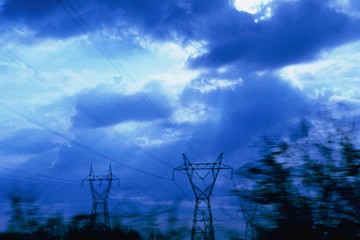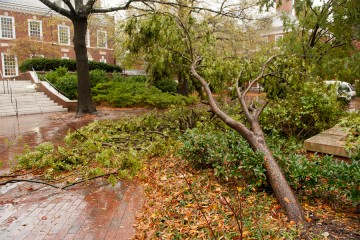With tens of thousands of people still coping with the destructive impact of Superstorm Sandy nearly two weeks after the storm made landfall in New Jersey, thoughts have turned to how we can better predict such events in the future, and how we can better prepare. Seth Guikema, a researcher at the Johns Hopkins Whiting School of Engineering, has at least a partial answer—data modeling.
Guikema and his team have developed a computer model built on data from 11 hurricanes to estimate the number of customers who will lose power during a storm, based on expected wind gust speeds, expected duration of winds, and population density. They ran their model during Sandy with impressive results—despite considerable uncertainty about where the storm would make landfall, and how powerful it would be when it did, the team's projections were remarkably accurate.
"We nailed it," Guikema told Rising for an article posted earlier this week. "The last estimate we released on October 30 was that eight to 10 million people would lose power due to Sandy. When the U.S. Department of Energy Situation Report was issued on October 31 at 3 p.m., they estimated that the peak number of outages was actually about 8.5 million."
Read more from RisingPosted in Science+Technology
Tagged weather, hurricane sandy, seth guikema









